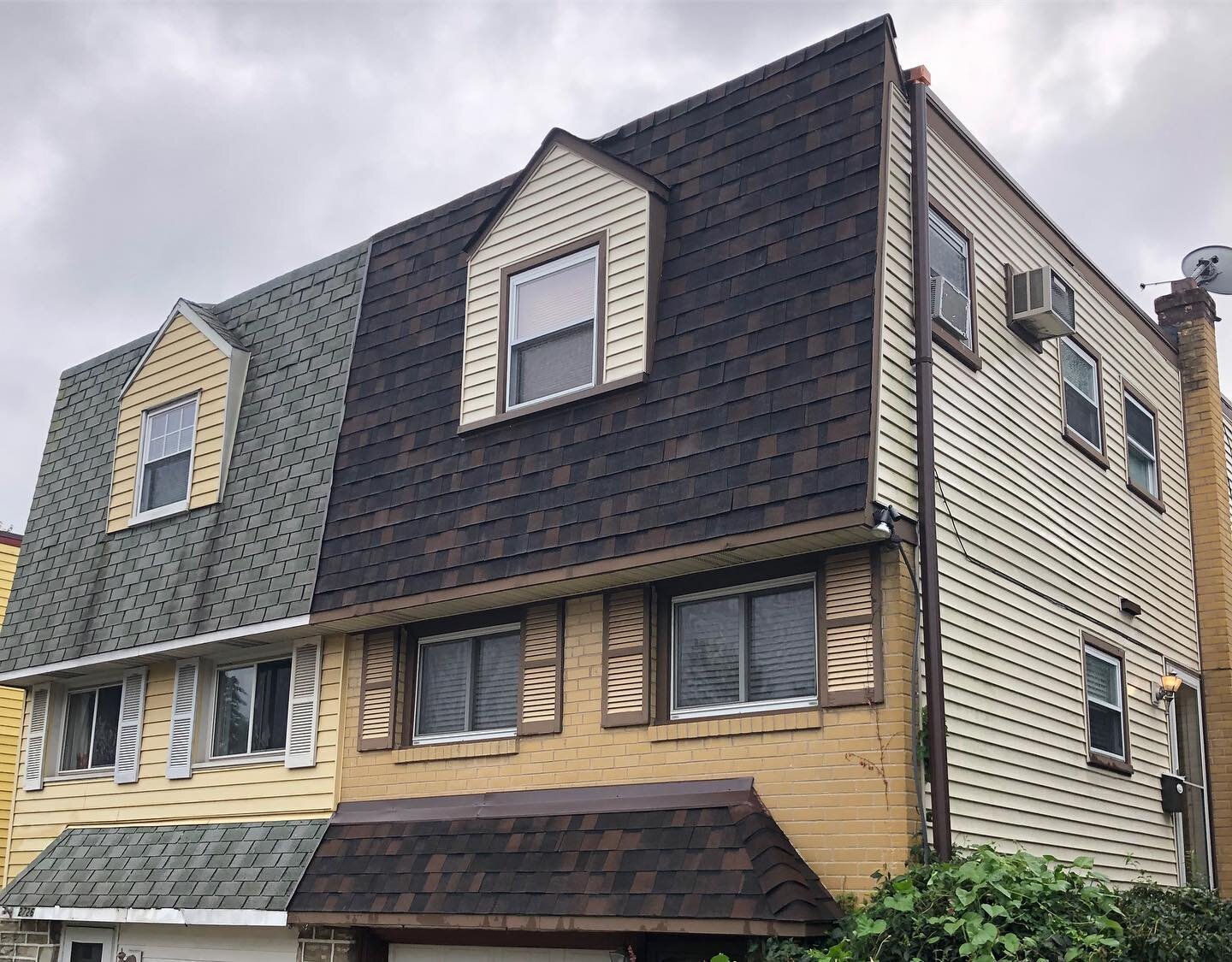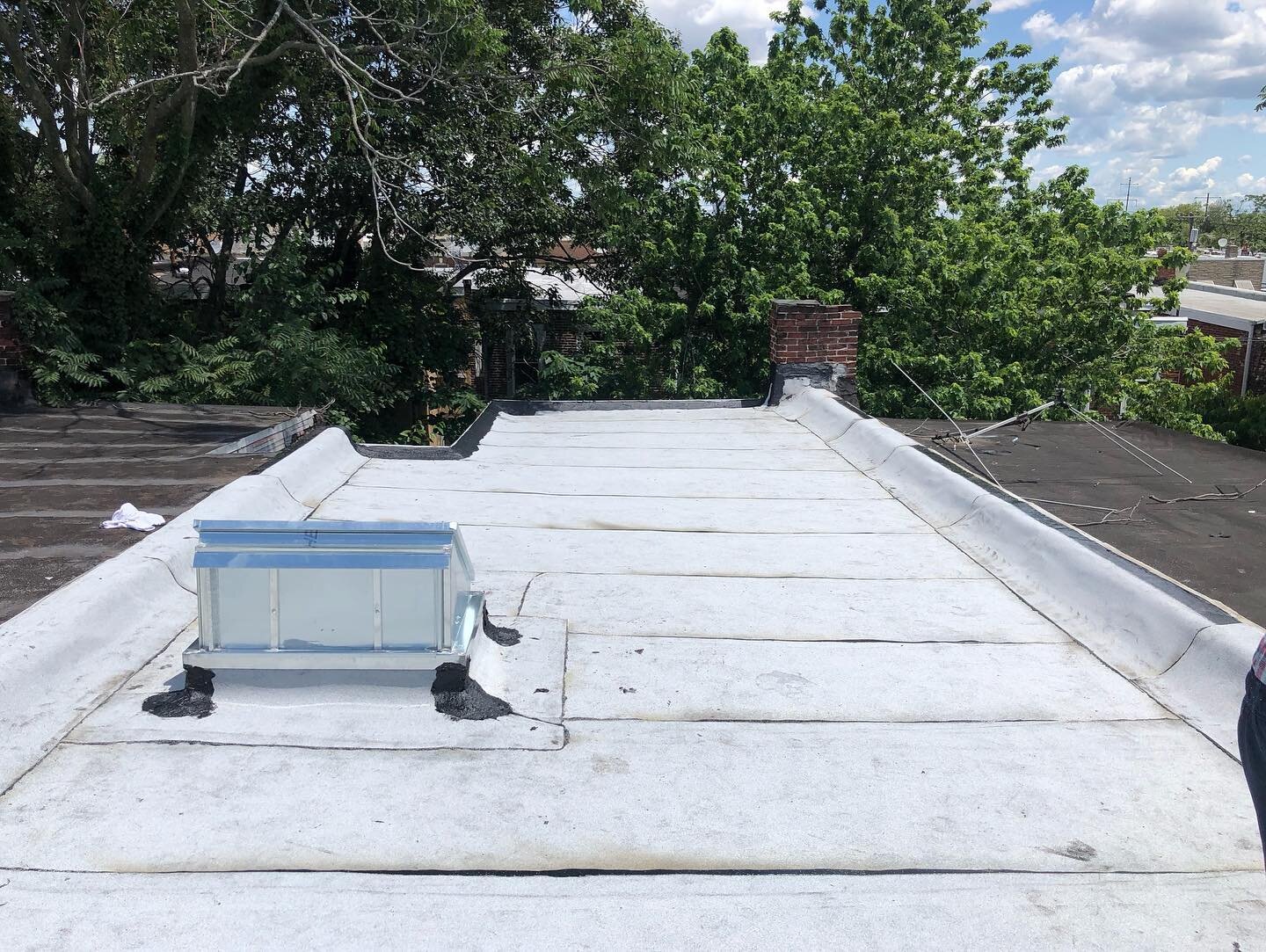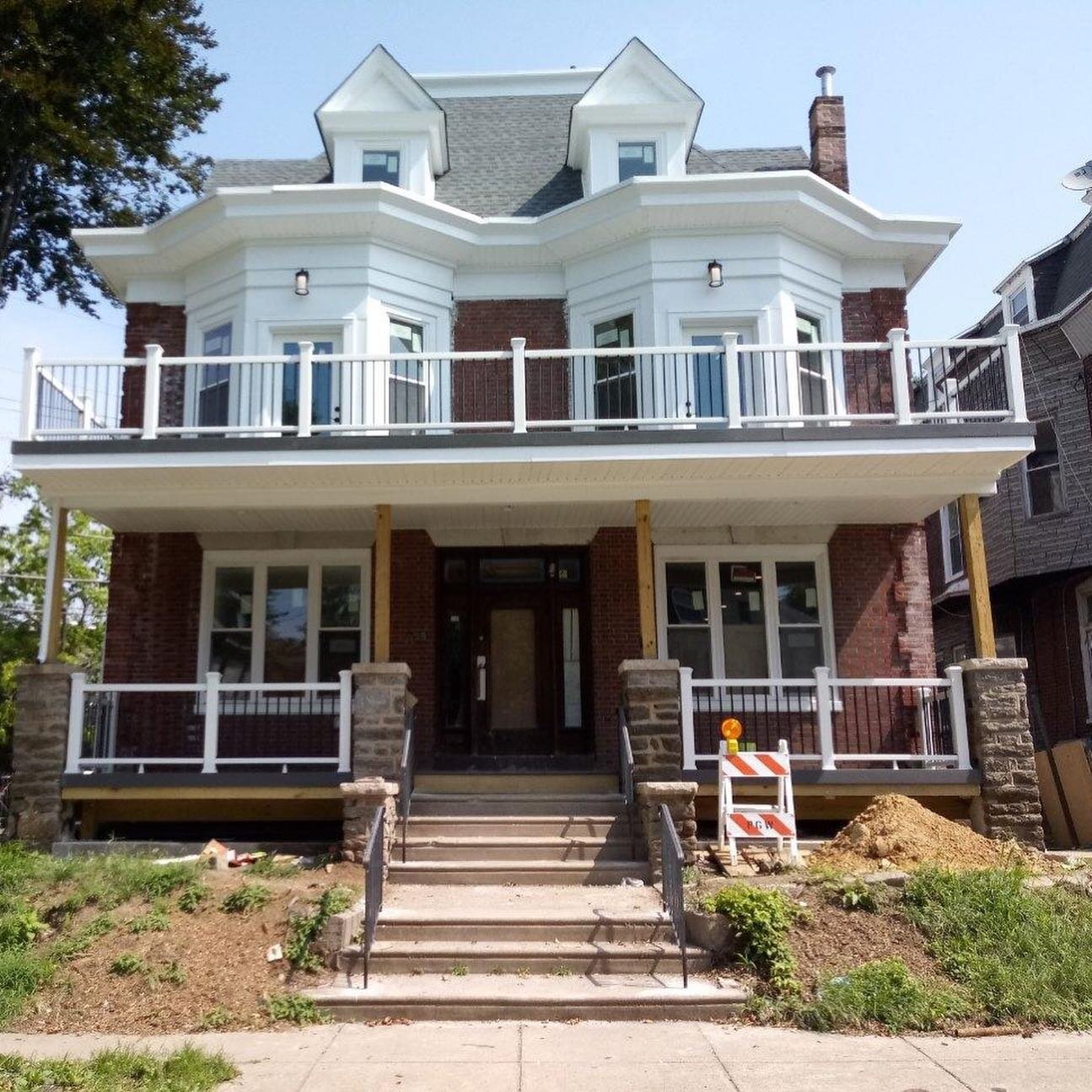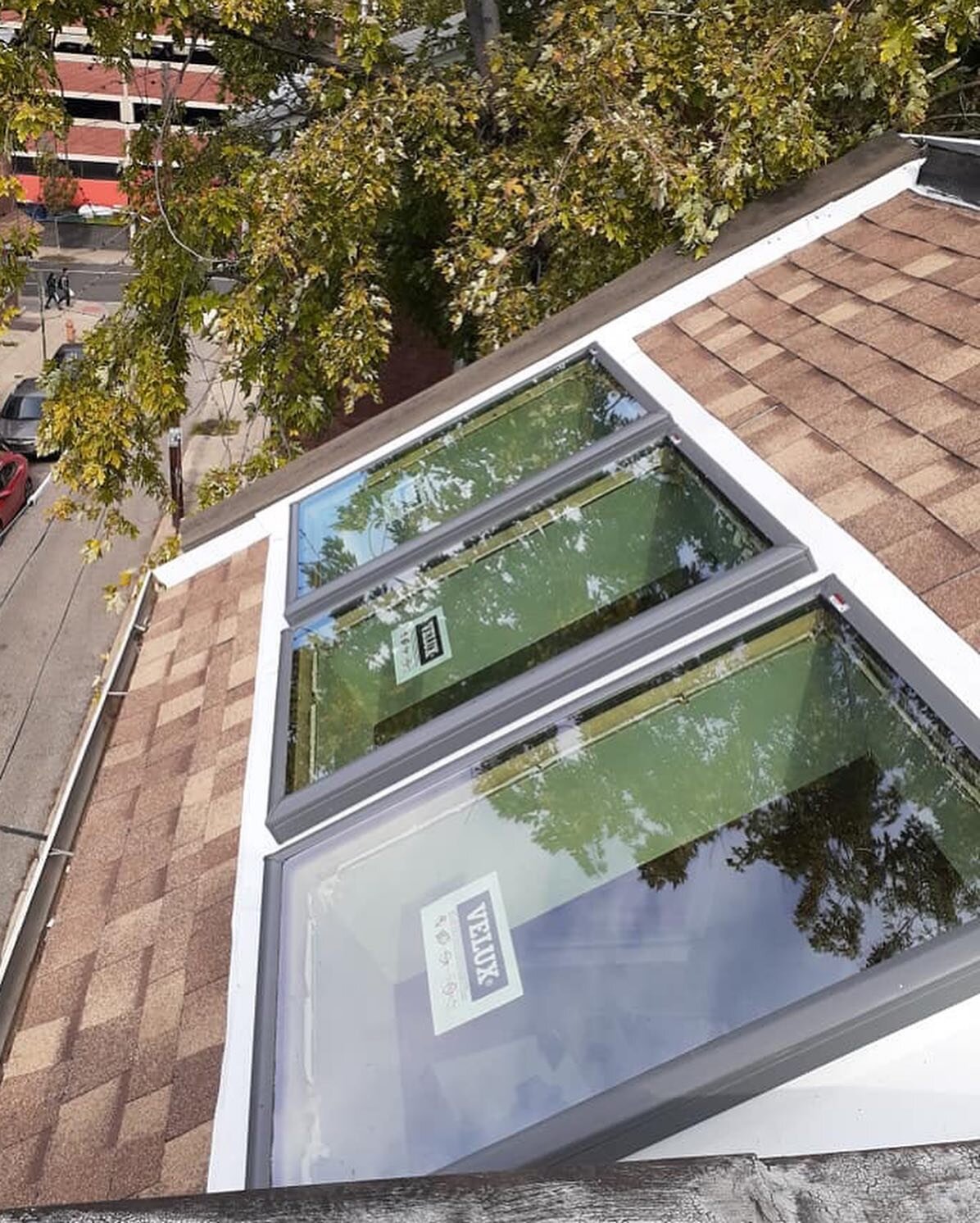When it comes to choosing a new roof for your residential or commercial property, there are many things to consider. Cost, ease of maintenance, ease of installation, and durability are all points to consider.
If you’re considering having a rubber roof installed, take a look at these features and benefits of rubber roofing to help you decide.
What material is used in rubber roofs?
Obviously, a rubber roof is made from rubber – but there are different kinds of rubber, so what do we use for your new rubber roof installation? We use EPDM (ethylene propylene diene terpolymer), which is made from a combination of sawdust, recycled tires, and slate dust.
What kind of roofs are best suited to rubber?
Rubber is best suited to flat or low-slope roofs. But as it’s quite lightweight, it’s normally able to be installed without much, if any, reinforcement.
It also stands up well to warmer climates as ultraviolet rays don’t easily damage the rubber.
What advantages are there to choosing a rubber roof?
Rubber is long-lasting, very durable, and easily repaired. It’s also a reasonably low-cost option that’s widely used for residential and commercial roofs.
For the eco-conscious, rubber roofing installation is an excellent choice as it is usually made from a high proportion of recycled materials and uses less energy to produce than other materials.
Rubber roofs are generally not prone to leaking, as they tend to have fewer seams than some other roofing options. And while we always recommend inspecting your roof annually, rubber roofs tend to require very little maintenance.
To get the most longevity out of your roof, it’s best to have it installed by the experts. At Pace Roofing Philadelphia, our highly trained and experienced staff can install your roof to the highest standards. Why not contact us today for a free estimate?






